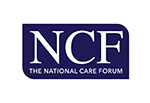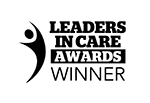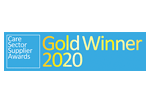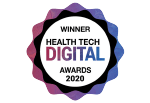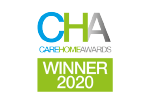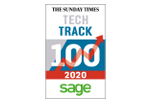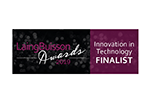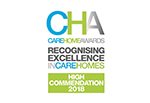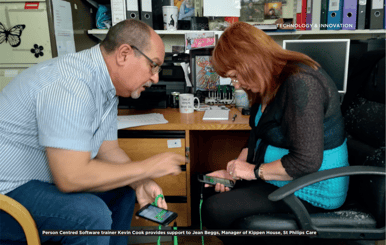
Published in Care Home Professional magazine
Implementing a digital evidence-based care system can be a daunting prospect for many care homes. So, we asked Kim Harris, Head of Operations at Person Centred Software for her advice on the best approach for moving from paper-based administration to a digital system.
Having helped over 1,300 care homes make the transition to the company’s Mobile Care Monitoring system, Kim says there should no longer be any fear about moving away from paper records, and that the best results are achieved with small steps that gets everyone involved from the outset.
Step 1: Change is Coming
To ensure the whole team in the care home is engaged with the transition to digital care planning, it is important to promote the benefits of the system before implementing it.
Kim said, “Care home managers, care staff and relatives need to know what to expect. By focusing on the benefits of having an electronic care system before it is implemented, such as how it will reduce time spent on paperwork, giving carers more time to care, and how it will improve the quality of care for residents, it will help to encourage everyone to feel positive about this important change.”
Step 2: Setting Up Preparation for the Training
The concept of replacing all paper records with digital ones can be overwhelming. As Kim points out, “Not knowing where to start is often the initial mindset but if everything is broken down into bitesize chunks, managers can be guided on each stage to help them progress smoothly through the transition.”
Before training the care staff, managers can be helped to set training objectives, identify who needs training, plus set up an attendance register and plan a rota for the day. Training for staff members is extremely important so that they can see the full benefits of the system for themselves.
Over the six years since Person Centred Software launched its Mobile Care Monitoring system, the company has continually developed their processes to further help care homes change to digital reporting.
Kim explains, “Our training team talk the home manager through the structure of the implementation process and the detail of the training days, before booking in the training. We provide an easy to follow guide of how to import basic information to create residents and staff profiles, which only takes a short time to complete. Then all mobile devices ordered by the care home from us are configured and delivered ahead of training.”
Step 3: The First Training Day
“Our philosophy is that most people learn from doing, and practicing, so we are very hands-on and people centred. The system is designed to be very simple to learn, with picture icons that are easy for carers to use to evidence care,” adds Kim.
The morning training session is for the senior management team, where we guide them through how the system works and how to enter more detail onto residents’ records to make them person-centred. The afternoon training is for anyone who provides care. Within the first few minutes the staff will be entering simple care notes. The staff will then continue to learn to quickly record different care interactions including handover notes. At the end of care staff sessions, there is time to practice with support from the trainer.
Step 4: And they’re off!
“It’s very easy to have some training and then do nothing,” warns Kim. “So, we encourage care homes to start using the system the very next day, while care staff have the training fresh in their minds and are enthusiastic.
“It may seem a bit scary to just ‘go for it’ the next day, but our records indicate that over 85% of care homes successfully start using the system the day after training.”
The management team don’t need to do anything or enter further information to enable care staff to start evidencing care. As the staff and resident profiles have already been created before the training, the care staff can just pick up the device, log in, and start recording care notes.
Normally during the first 24 hours, a photo of each resident is taken using the device which automatically uploads to the management software. Now anyone including agency staff can recognise the resident on the device. Once staff can use the device and record a care note, there’s no need for additional training for the devices. It’s that simple!
“Care homes notice that the volume of data collected increases by a huge amount,” she adds. “People start by evidencing what they historically would document on any given day, such as personal care. But because it’s so easy to use, staff also start to note the little things like cups of tea, chats and activities. All this information builds a clear picture of how each resident is cared for.”
Step 5: Progress to Care Planning
A few weeks after the home has been using the devices, Person Centred Software holds a second training day on the topic of care planning. This enables the care management team to bring all the recorded information into an electronic care plan. Managers can see what the team has been recording but also what they’re missing, since they now have the tools within the system to identify and act straight away.
Kim explains, “One of the reasons the care planning training happens after the initial training is to maximise the use of the huge volume of care notes that are generated every day, which is then fed into the care plans. Care homes usually review care plans every 28 days or so. This enables paper-based care plans to be gradually phased to electronic documents and ensures the system is person-centred and more valuable for care staff.”
Kim concludes, “We keep in touch with home managers after training to ensure all questions have been answered and resolve any issues. We also encourage our customers to set up user groups to share best practice with other care homes in their region and to feedback on the development of the system. After nearly six years of training care homes and supporting the move from paper to electronic care planning, we continue to evolve to ensure everyone has a positive experience of leaping into the digital world in care and ultimately continue to drive outstanding care.”
See our guide 'How to Choose an Electronic Care Planning System'
Contact us to book a demonstration of Mobile Care Monitoring

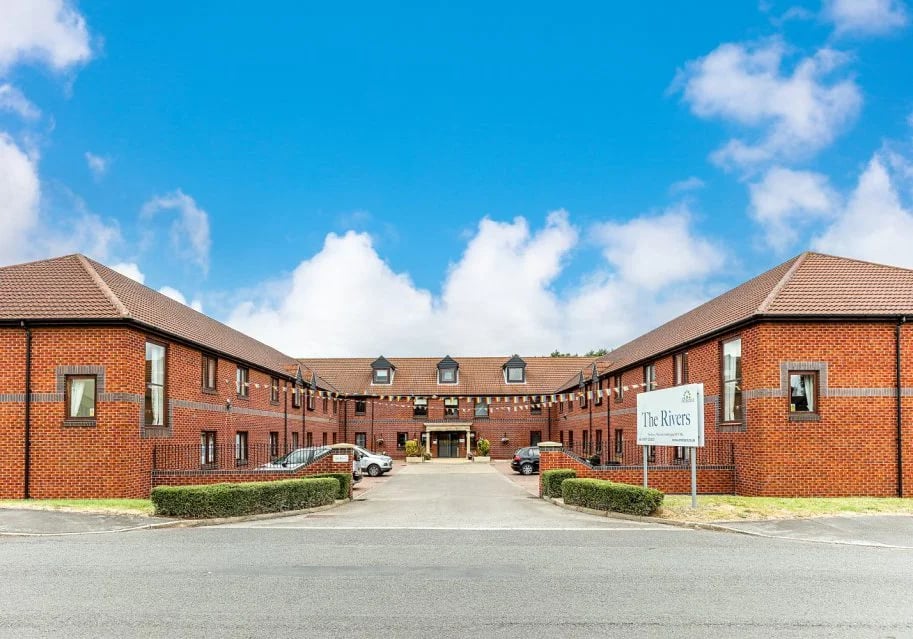
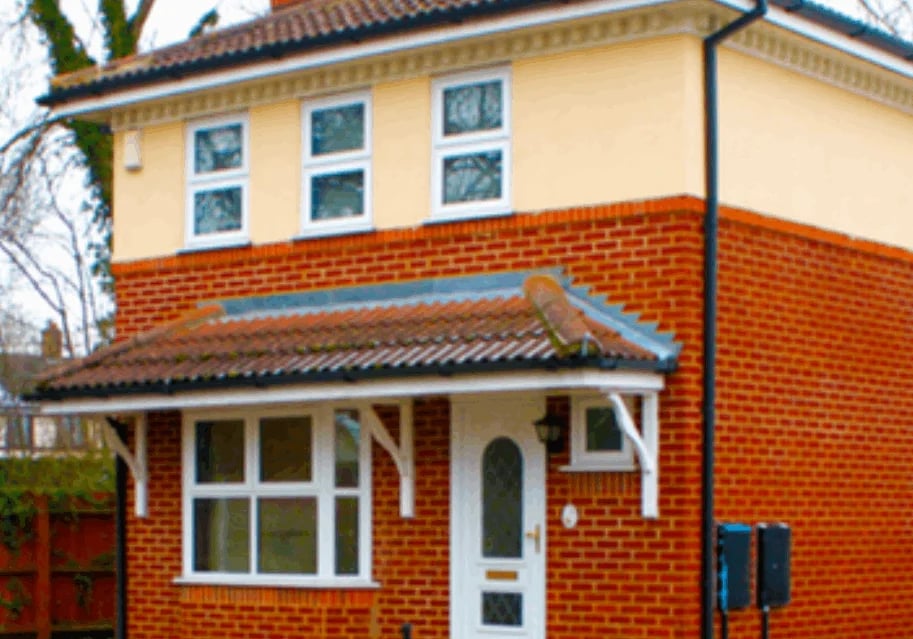
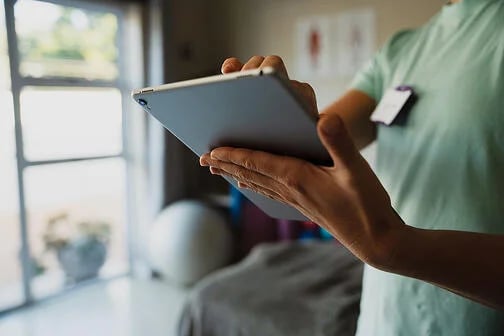
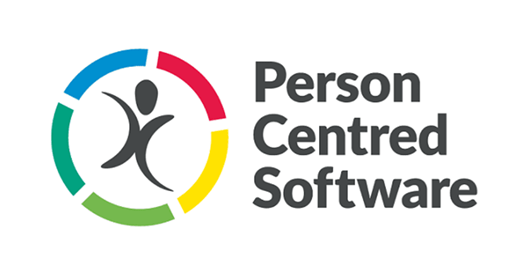


.webp?width=80&height=80&name=HTD%20Awards%202023%20Badge%20(4).webp)




